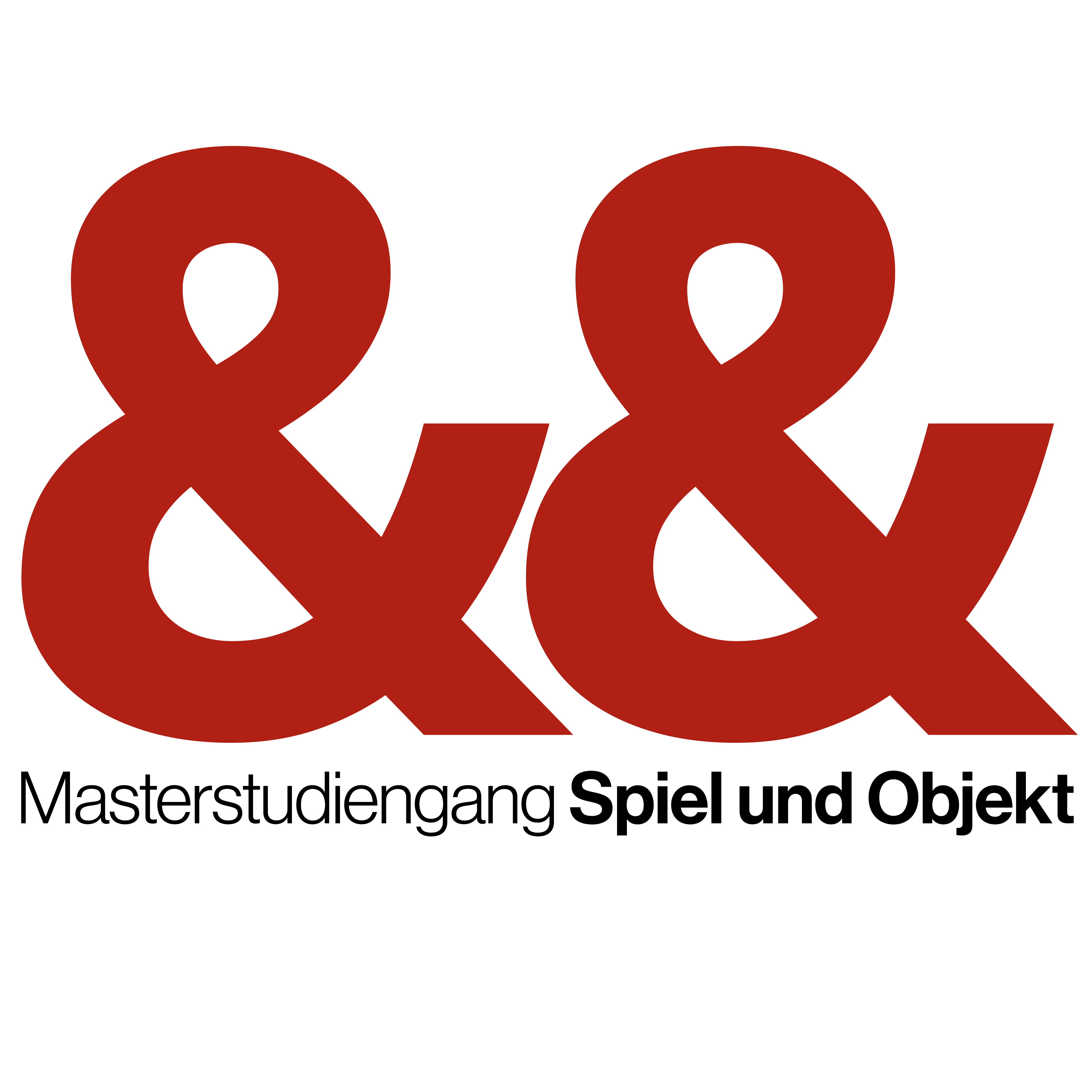
Following last week’s course on code and its materiality, here is a list of video, image and text resources on how computers actually work:
We start with “The Evolution of CPU Processing”:
Next, for some history, I recommend this series on historical computing (in Germany) – WDR Computernacht. A lot of the examples shown here are eerily similar to the projects we do in class:
Somewhat more historic, there’s a recording of Douglas Engelbart’s most famous presentation, aptly titled “The mother of all Demos” from 1968, in which most of today’s computing paradigms are being presented for the first time:
For some more theoretical points we have touched upon, here is a link to Claude Shannon’s and Warren Weaver’s Model of Communication:

By OTA – Global communications: opportunities for trade and aid, Public Domain, Link
A quick reminder of the pioneering role of women in computing:
The first algorithm intended to be executed by a computer was designed by Ada Lovelace who was a pioneer in the field. Grace Hopper was the first person to design a compiler for a programming language. Throughout the 19th and early 20th century, and up to World War II, programming was predominantly done by women; significant examples include the Harvard Computers, codebreaking at Bletchley Park and engineering at NASA.
And on a more theoretical note, on the materiality of media, here are two texts on (by Sybille Krämer) and of Friedrich Kittler and his concept of media (links to PDF):
(from The Cultural Techniques of Time Axis Manipulation: On Friedrich Kittler’s Conception of Media (2006) ) “Analog media – and optical-technological media in particular (Kittler 2002) – mark the beginning of a development that ends with digitization and the computer. In the age of handwriting and of the printing press, all forms of writing are bound up in a symbolic universe – which in its most basic variant is that of everyday speech transcribed by notation. Technological media, by contrast, attempt to select, store, and produce the physical realities themselves.”
(from “There is no software”) ” Programming languages have eroded the monopoly of ordinary language and grown into a new hierarchy of their own. This postmodern Tower of Babel reaches from simple operation codes whose linguistic extension is still a hardware configuration, passing through an assembler whose extension is this very opcode, up to high-level programming languages whose extension is that very assembler. In consequence, far-reaching chains of self-similarities in the sense defined by fractal theory organize the software as well as the hardware of every writing. What remains a problem is only recognizing these layers which, like modem media technologies in general, have been explicitly connived to evade perception. We simply do not know what our writing does.
Since we talked about the assembly language in class, here’s a video on the esoteric nature of programming in the late 70s:
And, of course, you can build computers within videogames, within computers (via boingboing):

“This monumental build contains 672 pumps, 2000 logs, 8500 mechanisms and thousands of other assort bits and knobs like doors and rock blocks.
I believe this is the first programmable digital computer that anyone has built in DF. I believe it is turing complete, for anyone who cares.”
That’s it from me for this month!

